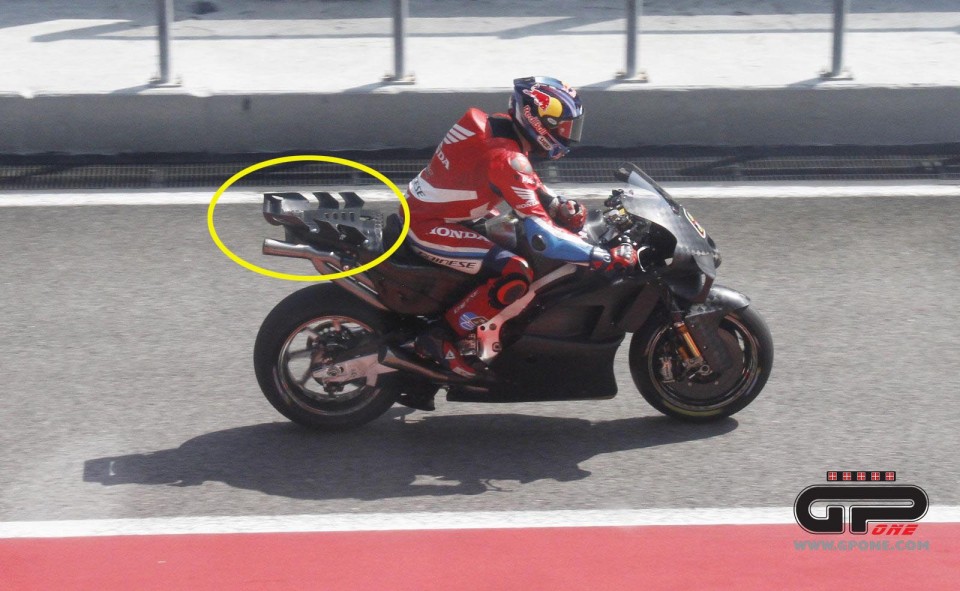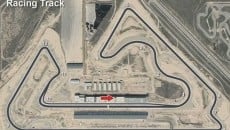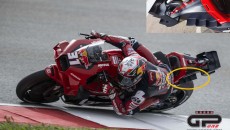They’re working tirelessly at Honda, and the Tokyo constructor presented an unprecedented aerodynamic configuration in Sepang, compared to what the former Moto2 world champion tested in Jerez.
Like it was for Aprilia, the Japanese aerodynamicists worked on the rear of the RC213-V, elaborating a new shape for the tail that is now also equipped with four stegosaurus-like winglets, which were first seen on the Ducati, and an actual rear small wing.
The effectiveness of this solution, in an area of air altered by the shape of the rider, made some turn up their noses at it. But, if it was validated in the wind tunnel, it’s definitely not just there for looks. The search for an aerodynamic load, in the current MotoGP, is probably more a matter of practical experimentation than pure calculation, even if this has to be present in the design phase. Moreover, the aerodynamics of a bike, compared to an F1 single-seater, is much more complex, because a bike doesn’t come against air as a fixed shape, but as a dynamic vehicle that moves in many directions.
From the outside, the impression is that, as the front wing keeps advancing, the rear wing is retreating, probably just to look for a cleaner and more stable flow. So, even a few kilos of downforce can improve the mechanical grip.









